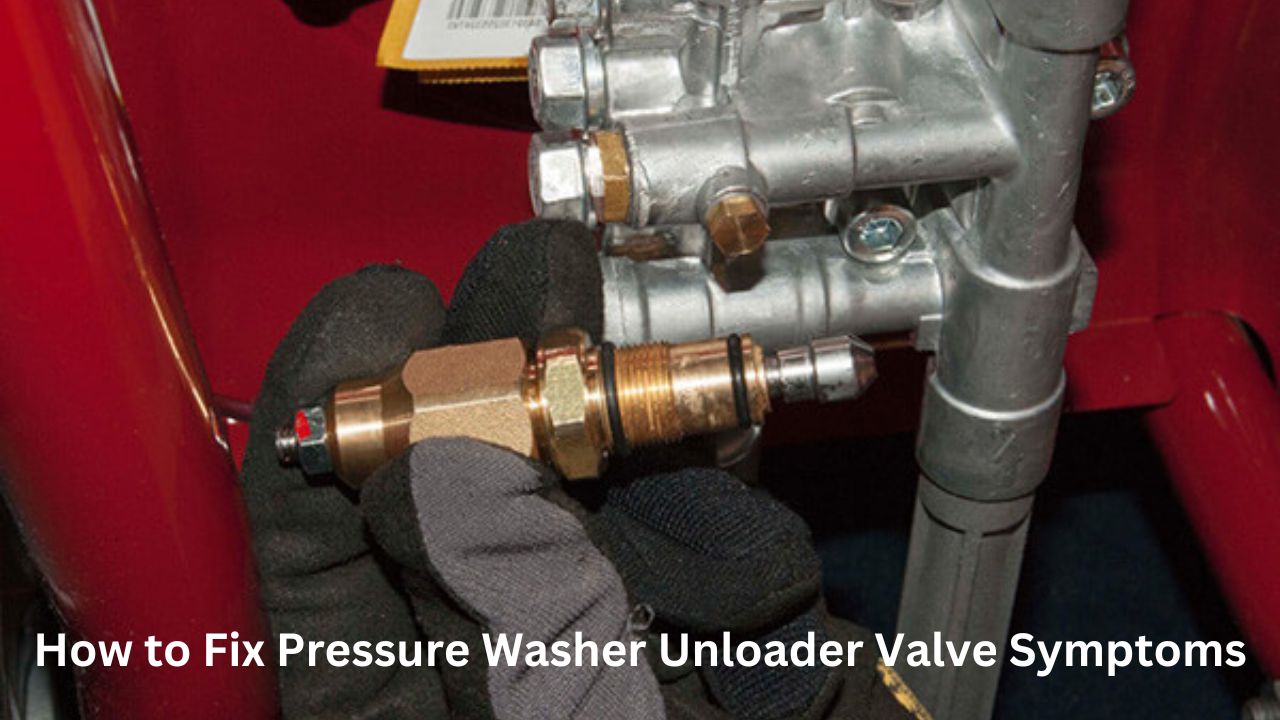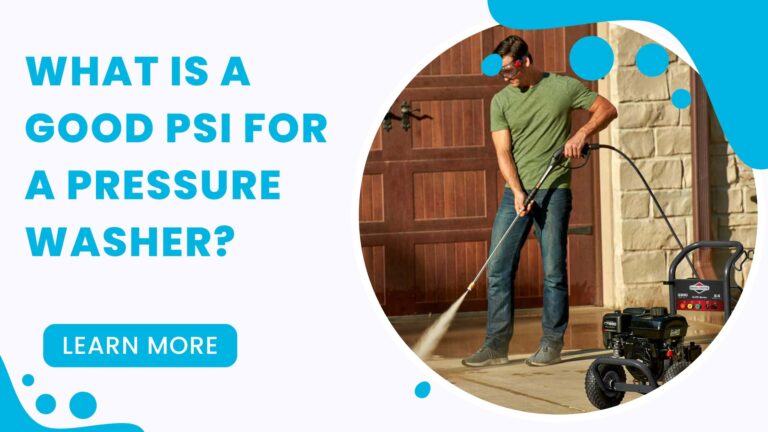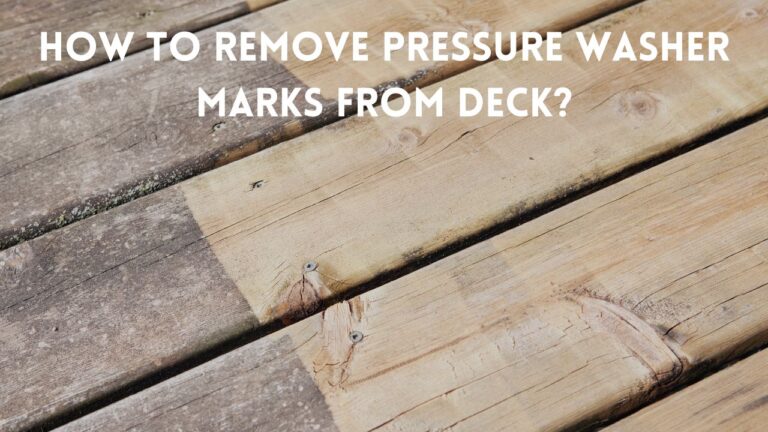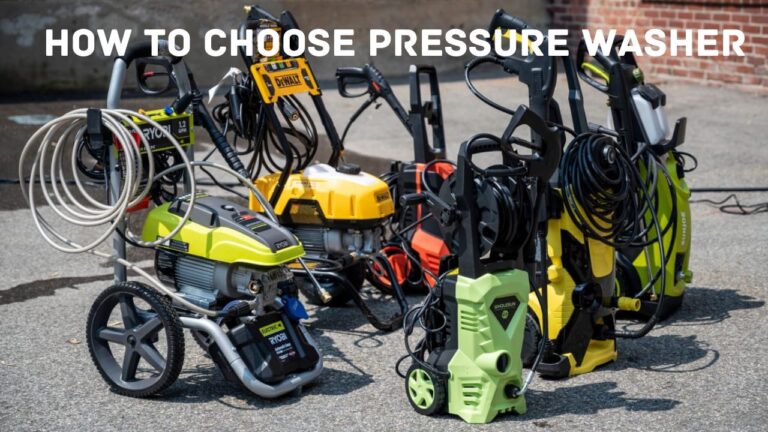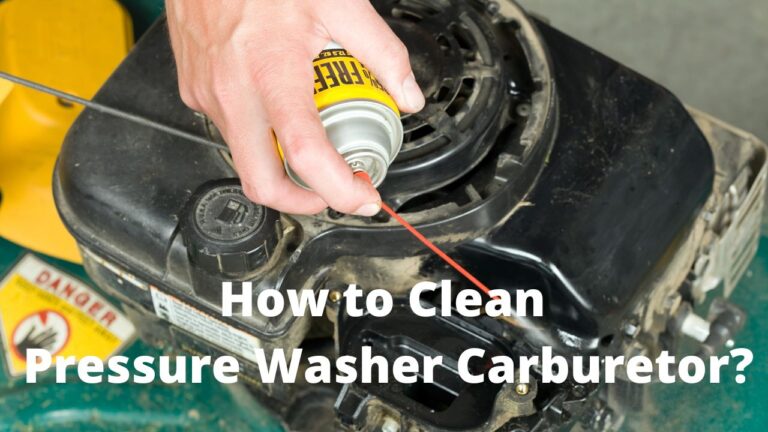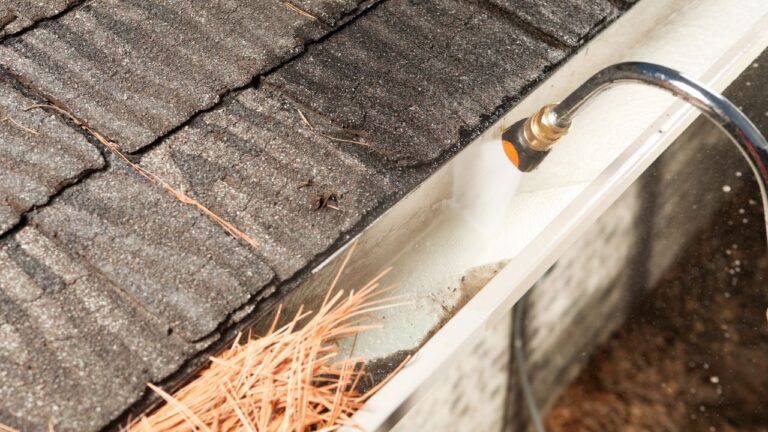How to Fix Pressure Washer Unloader Valve Symptoms?
Have you ever felt any of this about your pressure washer: it now takes more effort to wash, consumes more water, or takes longer, or it is just not spitting as much pressure as it once did?
You thought it was just the age that had caught up to your wise old pressure washer.
But what if we told you that’s false and your machine is just as mechanically sound as the first day you bought it?
It needs just a bit of maintenance. And if the symptoms and “balance of probability” (as Mycroft Holmes says) tell a story, your unloader valve requires upkeep.
So, read ahead to discover the symptoms of a malfunctioning unloader valve and how to fix it to restore your pressure washer to its former glory.
Pressure Washer Unloader Valve Symptoms
Before you classify your pressure washer as “old and weak,” why not look at the unloader valve? Chances are it is the culprit; here’s how you can confirm it:
1. Inconsistent Pressure
The primary indicator of a malfunctioning unloader valve is inconsistent and fluctuating pressure during operation. It can result in 2 conditions:
a) No Pressure From The Wand
Sometimes an unloader valve might get stuck in the “open” state, allowing no water to enter the hose. So, no water will be ejected from the nozzle even after pressing the trigger.
Since no water is being released, the water will be circulated back into the pump – essentially an unloader valve’s function. If it continues, the engine will overheat as there is no fresh and cool water to cool down the pump.
b) Excessive Pressure
Just like when the valve can get stuck in the open position, it can also get stuck in the closed position. When it gets stuck in the closed position, the engine will stall, and leaks will occur at the spray tip. The pressure will build up inside the system, and the trigger won’t be released even after decompression.
2. Overheating
The unloader valve reduces pressure inside the machine during idle periods. This also prevents the pump from overheating. However, in a malfunctioning unloader valve, the pump will overheat. Why? Read part (a).
3. Reduced Cleaning Power
Cleaning power is essentially PSI x GPM – PSI is water pressure, and GPM is gallons per minute. In a malfunctioning unloader valve, either you will face abnormal PSI, irregular GPM, or both.
4. Excessive Water Use
You might find your pressure washer consuming more water than usual to clean the same job. The cleaning might not be as effective too – since water quantity alone is not enough for a “pressure” washer job.
5. Leaks And Damages
If the pressure’s not regulated correctly, it can cause undesired stresses on the hose, leading to leaks or damage.
6. Engine Shutdown
The engine can shut down entirely, and there can be two outcomes. One is more problematic than the other.
- Some pressure washers have safety mechanisms to shut down the engine when the pressure exceeds recommended levels. In that case, you can identify the faults to rectify them.
- In the second case, the engine might shut down because it broke down, probably due to improper practices. This problematic case would require you to get into the mechanics of engines or replace them entirely. Sometimes, the repair cost might exceed the price of a new pressure washer.
How Does A Pressure Washer Unloader Valve Work?
Why There Is So Much Fuss About The Unloader Valve?
Unloader valves, fundamentally, function as gatekeepers that prevent dangerous water pressure from building inside.
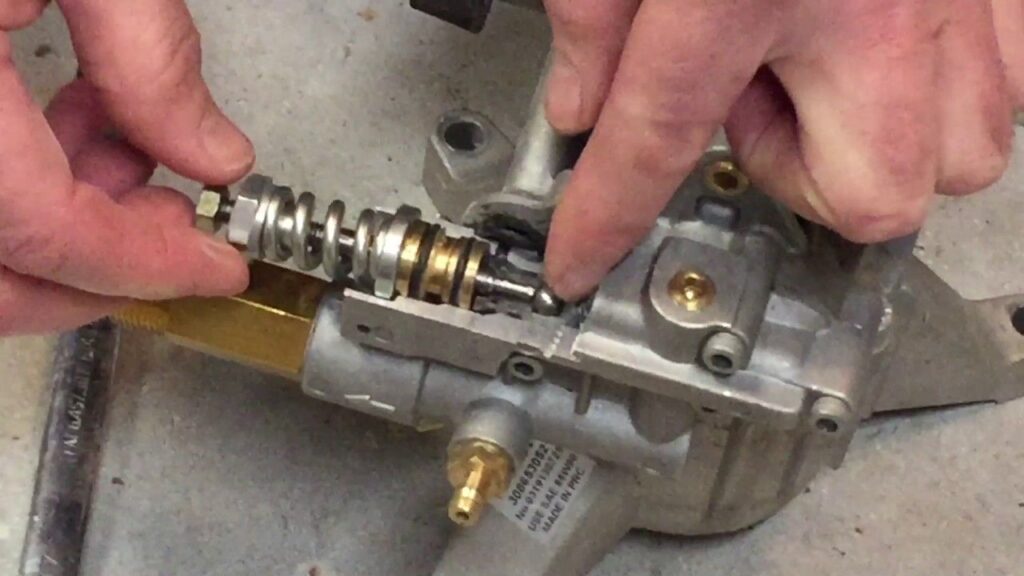
They do this by redirecting water from one place to another – the water goes into a by-pass, cycling between the inlet, outlet, and the water tank of the pump.
The unloader valve is controlled automatically when there is a change in water pressure, which happens when you press the trigger and water exits through the nozzle. Check out the best nozzle for washing cars.
What’s The Purpose Of The Unloader Valve In A Pressure Washer?
The unloader valve keeps the water pressure constant by automatically opening and closing the valves. Although this pressure needs to be kept constant, it must also be immediately available.
Furthermore, the unloader valve tells the pressure washer when to allow fresh and cool water, to enter the pump. It is also use to release pressure from the pressure washer.
When the pressure washer is idle (i.e., it is running, but the trigger is not pressed), the valve recirculates the water inside the machine. When you press the trigger, the unloader valve detects a pressure change, and lo and behold, you get water from the tip of your wand.
How To Confirm A Faulty Unloader Valve?
Before fixing your unloader valve, you must confirm it is the culprit. To do this, first, locate the unloader valve.
You can zero in on the pressure washer unloader valve location by looking for it on the pump head or near the pump outlet.
The easiest way to test the unloader valve is by adjusting its spring. The output pressure should increase or decrease depending on how you adjust the spring.
If you detect the change in pressure, the good news, your unloader valve is working fine.
If not, you will have to fix it by repairing it, which usually involves cleaning and greasing, or by replacing it altogether. Before you do that, you must remove the unloader valve, but what if it is stuck?
How To Free A Stuck Unloader Valve?
Is the pressure washer unloader valve stuck? Not to worry, you can unstick it quite easily.
An unloader valve can get stuck in its housing due to the accumulation of dirt, moisture, or both. You can quickly free the stuck unloader valve; you only need a screwdriver and, sometimes, a rubber mallet.
- To begin, remove the retaining pin above the unloader valve – put your screwdriver under the pin and lift it upwards to remove it.
- To remove the unloader valve, put the screwdriver behind the last spring coil and gently nudge it outwards.
- The unloader valve should pop out. If not, gently tap with the rubber mallet to free up stuck debris blocking the unloader valve.
Servicing The Unloader Valve
Once you have the unloader valve out, ensure the small and long pins of the valve are moving freely. You can test it by gently inserting pressure with your thumb on top of the pin.
If the pin isn’t moving freely, you must clean it and unblock its pores. The pores are present somewhere below the spring. You can use a fine pin to clear the pores.
That’s it. The unloader valve is ready to be put back in place. , reverse the process to do so. Remember to put the retaining pin back on afterward. Finally, grease the O-rings, so there’s minimum friction during operation.
FAQs
How do you clean a pressure washer unloader valve?
You can use a soft brush, an old toothbrush, or a cloth to clean any accumulated dirt or debris around or inside the valve. You should also use a fine pin to unblock its pores and scrap away stubborn oily dirt stuck in the valve tube. You can use rubbing alcohol to assist in loosening up stuck grime on the unloader valve.
How do you know if your unloader valve is bad?
Test your unloader valve by adjusting its spring to confirm if it has gone bad. You should see a change in the output pressure, either an increase or decrease, depending on how you adjust the spring. If there’s no change in the output pressure, your unloader valve is malfunctioning. If so, your unloader valve is OK.
Where is the unloader valve located?
The pressure washer unloader valve location is on or near the pump head. Sometimes, it can be found near the outlet of the pump. A few pressure washers might have the unloader valve inside the pump, so you must disassemble it a bit to access it. Regardless, refer to the manufacturer’s manual to find the exact location of the unloader valve.
Do all pressure washers have unloader valves?
Yes, the hype about the unloader valve is real, and it is an essential component in pressure washers. It regulates pressure in the system and relieves excess pressure during idle periods, preventing damage to the pump and other parts. Some low-end pressure washers might not have unloader valves, but these are also the ones that aren’t recommended for heavy-duty tasks (they might need to be more capable of it).
Will a pressure washer work without an unloader valve?
Technically, a pressure washer can run without an unloader valve, but then the question is: for how long? Without the unloader valve, the pressure washer would be subjected to continuous high pressure, leading to overheating and safety hazards. Furthermore, the pressure will only be regulated with the unloader valve, which will cause inconsistent pressure at the spray tip.
How do you test a pressure washer unloader valve?
To test the unloader valve, adjust its spring. Congratulations, your unloader valve is working if you see a change in output pressure. If there’s no change in the output pressure, know that it is malfunctioning and needs corrective measures.
How do you unstick an unloader valve?
You can use a rubber mallet to remove any dirt or grime blocking its exit, causing the unloader valve to stick in its housing. Remove the retaining pin and put the screwdriver behind the spring to unstick the unloader valve. Now, gently nudge the unloader valve outwards.
How do you adjust a pressure washer unloader valve?
To adjust the pressure washer unloader valve, the goal is to find the ideal setting to get maximum pressure when the trigger is pressed and minimum pressure spike when the trigger is released. Following this link, you can read more about adjusting a pressure washer unloader valve. Here’s a quick summary:
- Remove the black plastic pressure adjustment knob on the top
- Lock the nuts
- Attach a pressure gauge
- Tighten the spring to adjust the pressure
Wrap-Up – Some Nuggets To Keep In Mind About Unloader Valves
Unloader valves are crucial in pressure washers, so we want to ensure they keep working optimally for as long as possible.
You can achieve that by using the correct unloader valve according to the recommended settings. Beyond the maximum rating will lead to a shorter service life.
Furthermore, unloader valves are mechanical; like every mechanical part, they can wear out. Lubricating them once every 20,000 cycles approximately will significantly reduce wear and tear.
Lastly, water quality is also essential when maintaining the unloader valve and your pressure washer. Solids in the water can get stuck everywhere and anywhere; they can also cause abrasion and increase friction. So, try using clean tap water while using pressure washers.

